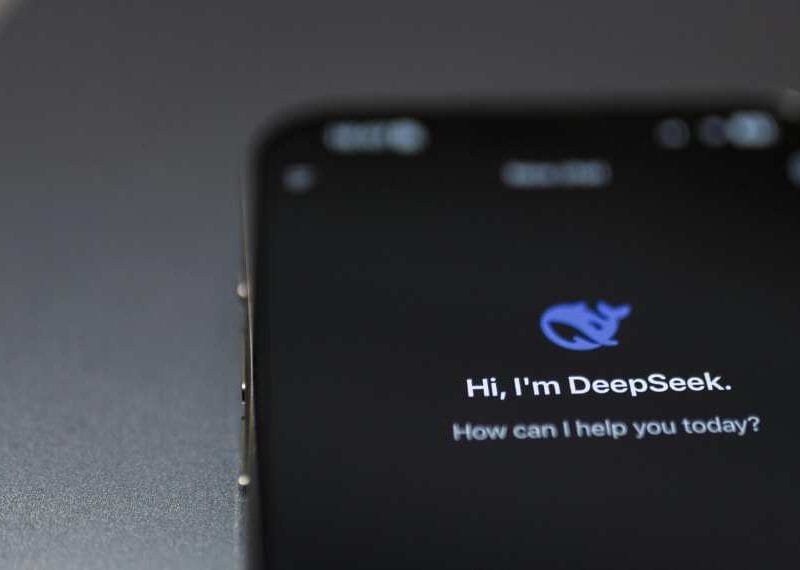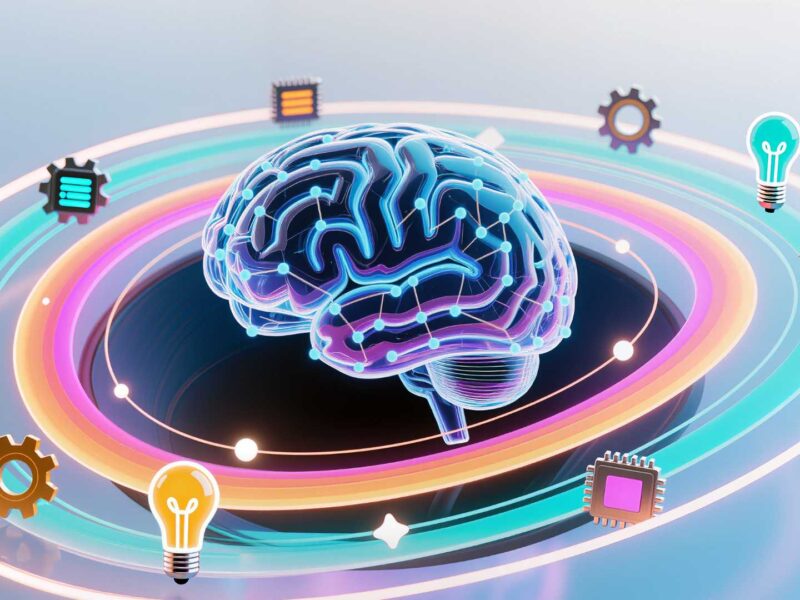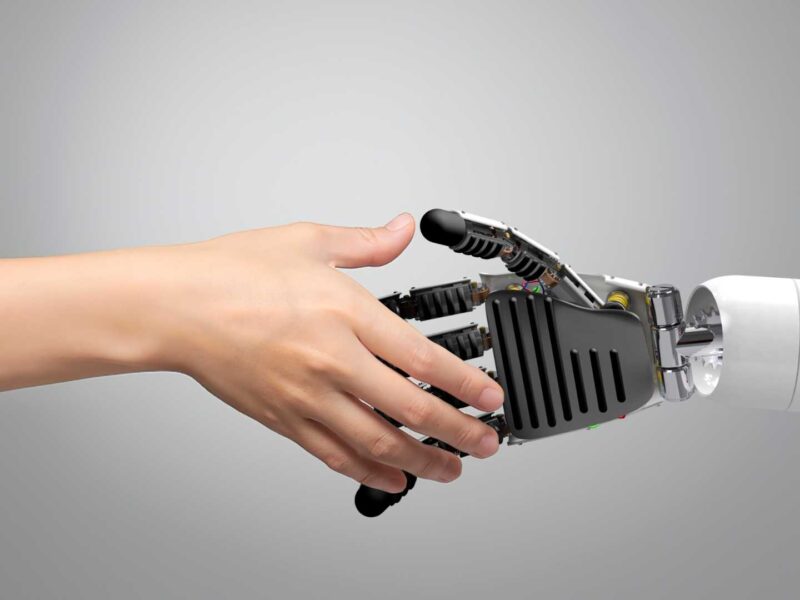Data Safeguarding in Real-Time: Technologies Leaders Trust
What are the foundational technologies that underpin effective real-time data security?
How are tech leaders implementing these technologies to protect their organizations from constantly evolving threats?
In this post, we explore these critical questions through the lens of experienced tech leaders from the Techronicler community.
We asked these leaders to move beyond specific tools and platforms and share the core security technologies they find most effective for safeguarding data in real time.
Their responses offer valuable insights into the strategic thinking and technological expertise required to build a resilient and proactive security infrastructure.
Read on!
Modestas Mankus - Talks Grow
I find end-to-end encryption (E2EE) most effective for real-time data protection.
At Talks, we implemented E2EE for client communications, ensuring sensitive data remains secure during transit and at rest.
Unlike perimeter-based defenses, E2EE prevents unauthorized access even if systems are breached.

Modestas Mankus
Founder, Talks Grow
Scott Hawk - Velaspan
I think that moving target defense (MTD) technology will play a big role in real-time data safeguarding during 2025.
Static defenses block and delay the majority of cyber-attacks but aren’t enough to stop the most determined and sophisticated hackers. MTDs, also known as network masking or cyber deception solutions, are designed to detect hackers once they’re inside of a network.
They limit damage by allowing network engineers to immediately disable the attack or to safely observe the hacker’s behavior and develop defenses accordingly.
Adhiran Thirmal - Security Compass
I see behavioral analytics as one of the most effective technologies for safeguarding data in real-time. This approach continuously monitors user and network activity to create a baseline of normal behavior.
When it detects any deviations from this baseline—whether it’s unusual login times, abnormal access to sensitive data, or atypical network traffic—it can swiftly identify potential threats like insider attacks, compromised credentials, or unauthorized data access.
The true strength of behavioral analytics lies in its ability to operate in real-time, providing immediate alerts and automated responses to mitigate risks before they escalate.
Unlike traditional methods that rely on predefined attack signatures, behavioral analytics is highly adaptive, learning to recognize emerging threats and evolving attack patterns.
This proactive approach not only minimizes data exposure but also helps reduce false positives, ensuring that security teams can focus on genuine threats.
It’s a vital tool in maintaining robust, real-time protection in today’s complex cybersecurity environment.

Adhiran Thirmal
Sr Solutions Engineer, Security Compass
Jason Hennessey - Hennessey Digital
Data loss prevention (DLP) technology has been critical for safeguarding data in real time.
DLP tools identify and block unauthorized sharing of sensitive information, both within the organization and externally.
For example, we’ve used DLP to monitor email attachments, ensuring no confidential files are sent without proper authorization.
This has significantly reduced accidental data leaks and enhanced client confidence in our security practices.
Vaibhav Kakkar - Digital Web Solutions
Secure Sockets Layer (SSL) remains a foundational technology for real-time data protection. By encrypting connections between web servers and browsers, SSL ensures sensitive information like login credentials is safe from interception.
We’ve mandated SSL on all client websites, boosting both security and user trust. With real-time encryption, SSL protects not only data but also the reputation of our clients’ digital platforms.
Kenny Riley - Velocity IT
One of the best ways to protect data in real time is end to end encryption (E2EE).
End to end encryption ensures that data is encrypted from the moment it’s sent to the moment it reaches the recipient, so no one – hackers, service providers or governments – can access it in transit.
E2EE is effective because it minimizes points of failure. Other encryption methods decrypt data at certain stages, E2EE keeps it locked down the whole time. It’s the go to solution for sensitive communications, financial transactions and cloud stored data.
As cyber threats evolve, businesses and individuals need ways to protect their data without relying on third parties. E2EE does just that, giving people more control over their data’s security.
In an age where privacy is under attack this is one of the best ways to keep your data truly safe.

Kenny Riley
Technical Director, Velocity IT LLC
Neo Niu - Willfine
In my role overseeing server infrastructure at Willfine, where we manage sensitive data for trail camera systems across multiple locations, the combination of E2EE and Zero Trust Architecture has proven invaluable.
The power lies in its layered approach: E2EE ensures data remains encrypted from source to destination, while Zero Trust Architecture requires continuous verification at every access point, operating on the “never trust, always verify” principle.
This dual-technology strategy has helped us achieve a 99.9% security success rate in protecting our clients’ sensitive data streams.
What makes this particularly effective is its ability to maintain security without compromising real-time performance – a crucial factor in surveillance systems.
Even if a breach occurs at one point, the layered protection ensures data remains secure throughout the entire transmission chain.
Marc Bishop - WytLabs
Runtime Application Self-Protection (RASP) is an innovative technology that secures applications during real-time operation.
By detecting and preventing malicious actions within the app itself, RASP adds an extra layer of security.
We’ve implemented RASP for client-facing apps, safeguarding user interactions from injection attacks and other vulnerabilities.
Its ability to act instantly during runtime makes it an essential part of modern data security.

Marc Bishop
Director, WytLabs
Chetan Honnenahalli - Hubspot
While reliable network infrastructure is the backbone for any secure exchange, purely from a security standpoint, I would say encryption is the most effective technology for safeguarding data in real-time.
There are two prominent implementations.
Protection of real-time data in-transit using Secure Sockets Layer (SSL): SSL is a protocol that encrypts data sent between a browser and a website or server.
SSL certificates are used to establish an encrypted connection and authenticate a website’s identity.
To put things in perspective, without this technology, all your usernames and passwords are potentially compromised. This in turn means there IS no privacy and safety on the internet.
For example: Anyone can log in to your bank account and move all the money out.
Homomorphic Encryption: Homomorphic encryption allows computations to be performed on encrypted data without decrypting it first.
Since data remains encrypted during processing, it significantly reduces the risk of data breaches. Even if an attacker gains access to the processing environment, they cannot decipher the data without the decryption keys.
For example, researchers can perform computations on encrypted medical records to identify trends or conduct studies while maintaining patient privacy.

Chetan Honnenahalli
Engineering Lead, Hubspot
Gyan Chawdhary - Kontra
As a cybersecurity expert, I believe encryption stands out as one of the most effective technologies for safeguarding data in real-time. It works by converting sensitive information into an unreadable format, which can only be deciphered by authorized users with the correct decryption key.
This ensures that even if data is intercepted during transmission or accessed from storage, it remains protected and useless to unauthorized parties.
In an era where cyber threats like hacking, phishing, and data breaches are becoming more sophisticated, encryption is a critical line of defense.
It provides robust protection not only for data at rest (stored data) but also for data in transit (actively moving data), ensuring comprehensive coverage.
Encryption is widely used in various real-time applications like secure web browsing (HTTPS), email communication, and cloud storage.
The beauty of encryption lies in its simplicity and effectiveness—by making data unreadable without the proper keys, it drastically reduces the risk of data breaches and unauthorized access.

Gyan Chawdhary
Vice President, Kontra
On behalf of the Techronicler community of readers, we thank these leaders and experts for taking the time to share valuable insights that stem from years of experience and in-depth expertise in their respective niches.
If you wish to showcase your experience and expertise, participate in industry-leading discussions, and add visibility and impact to your personal brand and business, get in touch with the Techronicler team to feature in our fast-growing publication.















